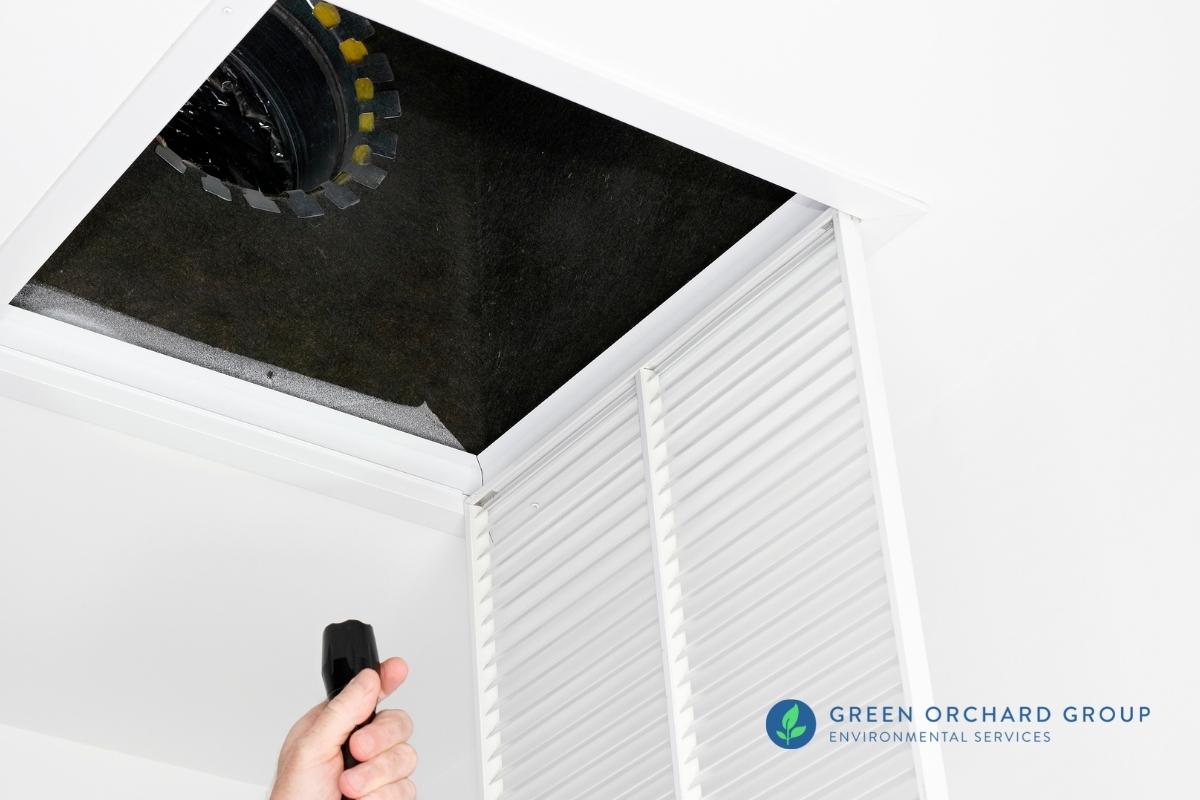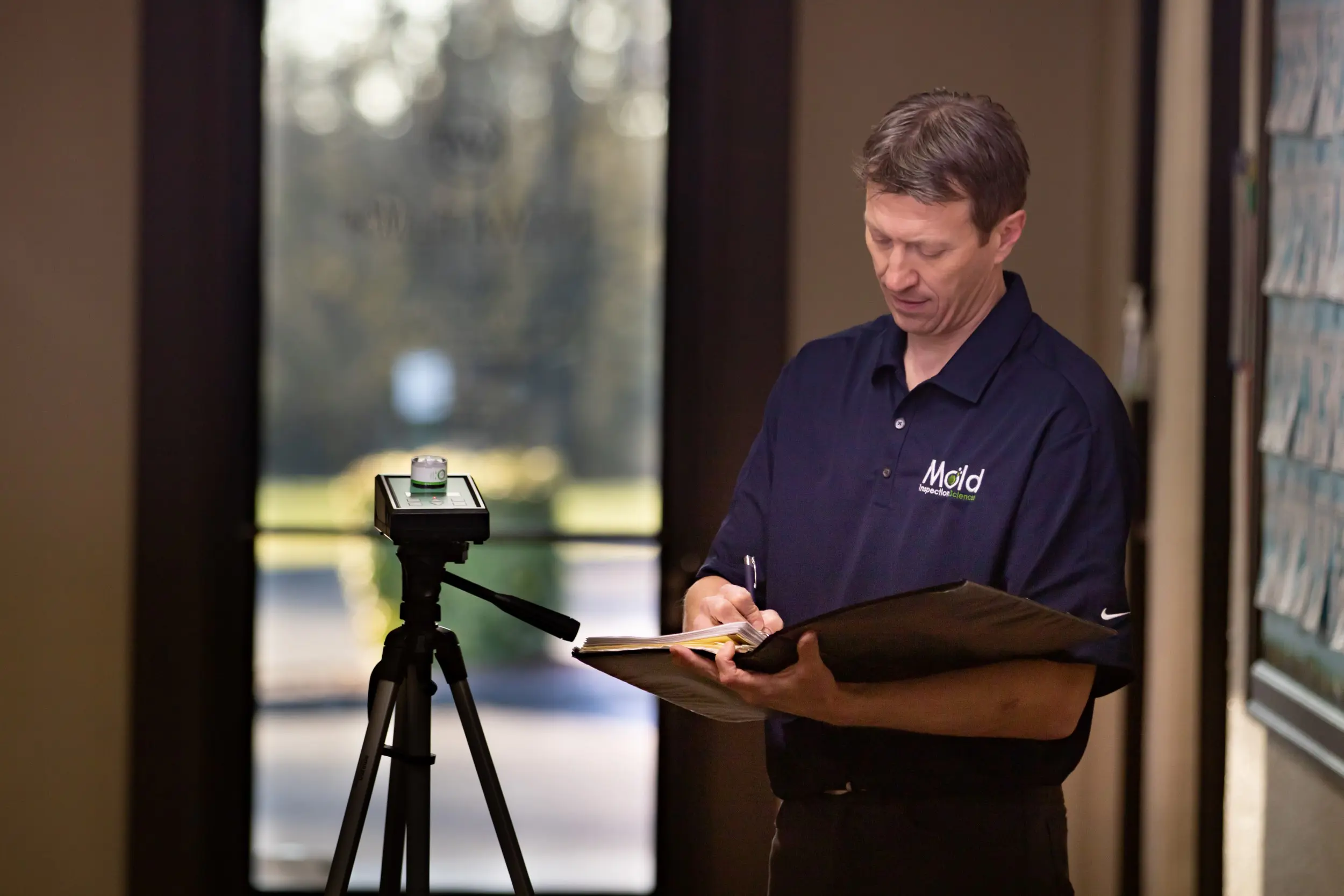Key Steps for Successful Post Mold And Mildew Removal
Attending to mold issues in a efficient and timely manner is critical for keeping a healthy indoor setting. Effectively completing mold and mildew removal is a multifaceted procedure that needs attention to information and adherence to certain protocols. From evaluating dealt with areas to executing wetness control measures, each action plays an important role in ensuring the efficiency of the remediation procedure. There are crucial post-remediation actions that are equally essential but commonly overlooked. These actions not only validate the success of the removal efforts however also add to preventing future mold and mildew development.
Evaluation of Treated Locations
Upon completion of the mold and mildew removal procedure, a detailed inspection of the treated locations is important to ensure the efficiency of the remediation initiatives. This inspection functions as a crucial action in the post-remediation phase to verify that the mold and mildew elimination and cleaning treatments achieved success in eliminating the mold and mildew invasion and recovering a secure indoor environment. The evaluation needs to be performed by qualified professionals that have the know-how to evaluate the remediated areas diligently.
During the inspection, numerous elements are reviewed to figure out the success of the removal process. These include visual assessments to examine for any type of indicators of mold and mildew growth or water damage, dampness levels to validate that the area is cost-free and dry of excess humidity that can advertise mold and mildew re-growth, and air high quality testing to make sure that the interior air is risk-free to breathe. Additionally, the inspection might include utilizing specialized tools such as moisture meters and thermal imaging cameras to spot hidden mold and mildew or wetness pockets that might lead to future mold and mildew issues if left unchecked. On the whole, a comprehensive examination of the treated areas is critical to verify the effectiveness of the mold and mildew remediation efforts and give assurance to the passengers of the property.

Wetness Control Procedures
Effective dampness control procedures are necessary for avoiding mold development and preserving a healthy interior atmosphere. Additionally, making use of dehumidifiers in moist areas can aid decrease moisture levels, making it harder for mold and mildew to flourish.
Routinely keeping the building and evaluating's outside can also prevent dampness intrusion. After mold remediation. Making sure that gutters are clear, downspouts straight water far from the foundation, and the roofing is in great condition can aid prevent water from leaking right into the building. Appropriately sealing windows and doors can also assist maintain wetness out
Any kind of leakages or spills should be cleaned and dried within 24-48 hours to prevent mold development. By implementing these moisture control steps, the danger of mold persisting can be substantially minimized, producing a much healthier interior atmosphere.
Appropriate Air Flow Evaluation
An essential element of guaranteeing a healthy and balanced indoor setting message mold and mildew remediation is carrying out a complete assessment of the ventilation system. Correct ventilation evaluation plays a crucial function in preventing future mold development and maintaining air high quality within the damaged space.
Moreover, examining the air flow system includes taking a look at the circulation of air throughout the area to determine any kind of areas of poor flow where wetness and impurities might collect. Correct ventilation not only assists in regulating moisture degrees but likewise help in removing airborne mold spores and various other toxins, thereby enhancing general indoor air high quality. By resolving any air flow problems upload mold and mildew removal, residential or commercial property owners can produce a much healthier and extra comfy setting for occupants while decreasing the risk of mold re-infestation.
Cleaning and Disinfection Protocols
To make sure detailed mold removal, careful adherence to particular cleansing and disinfection protocols is essential. Cleansing and disinfection protocols play an essential function in the post-mold removal phase to prevent the reappearance of mold development and guarantee a healthy and balanced and risk-free environment.
Additionally, executing preventative actions such as applying mold inhibitors and preserving appropriate air flow can assist decrease the threat of future mold and mildew infestations. By following strict cleaning and disinfection procedures, residential property proprietors can make certain the effective eradication of mold and mildew and develop a healthy and balanced interior setting for occupants.
Monitoring and Upkeep Strategy
Executing a regular surveillance and maintenance strategy is necessary for guaranteeing the long-term performance of mold removal efforts. As soon as mold remediation is finished, it is essential to develop a tracking schedule to examine the success of the remediation procedure.
Additionally, creating a maintenance strategy is essential to protecting against future mold concerns. This plan might include activities such as repairing pipes leaks, enhancing air flow, and managing interior humidity degrees. Normal maintenance not just helps in stopping mold however additionally adds to preserving a healthy and go to this web-site balanced indoor setting. It is recommended to record all monitoring and upkeep tasks to track progress and make sure uniformity in the upkeep of the remediated locations. By applying an extensive tracking and upkeep plan, the danger of mold and mildew re-emergence can be significantly decreased, advertising a safe and clean living or workplace.
Final Thought
To conclude, successful blog post mold and mildew remediation involves thorough examination of dealt with areas, application of moisture control procedures, assessment of correct air flow, adherence to cleaning and sanitation procedures, and establishment of a surveillance and upkeep plan. These vital steps are necessary to ensure over at this website that mold and mildew growth is properly gotten rid of and prevented from reoccuring in the future. By complying with these standards, building proprietors can maintain a healthy and balanced and safe atmosphere for occupants.
Upon conclusion of the mold remediation procedure, a complete evaluation of the dealt with areas is necessary to guarantee the performance of the remediation efforts. These consist of visual evaluations to examine for any indicators of mold growth or water damages, dampness levels to verify that the location is cost-free and dry of excess humidity that can promote mold re-growth, and air high quality screening to ensure that the indoor air is risk-free to take a breath. Additionally, the evaluation might entail using specialized tools such as wetness meters and thermal imaging cams to detect covert mold or wetness pockets that can lead to future mold and mildew problems if left unattended. By attending to any type of air flow concerns upload mold remediation, residential or commercial property owners can produce a much healthier and extra comfy setting for owners while reducing the risk of mold re-infestation.

Comments on “Comprehensive Post Mold Remediation Procedures”